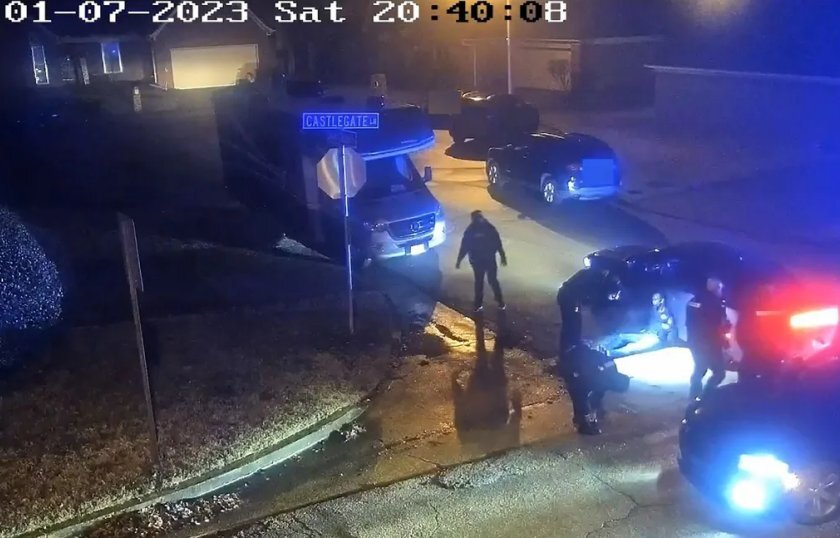Law enforcement agencies across the country are coping with spiking vacancies amid increased retirements. Despite rhetoric about defunding the police, it is an inability to fill funded positions that is plaguing the field. Many factors contribute to the problem, from pay to challenging working conditions and the image policing holds with younger generations. Now, with President Biden pledging to help jurisdictions hire another 100,000 officers and bipartisan House legislation designed to bolster police ranks, college students represent a source of recruits that is far from fully tapped. The most recent data indicates that just 30 percent of police officers have a four-year degree.
While education is certainly not the only factor that affects police performance, research suggests that officers with college degrees generate fewer substantiated complaints and are less likely to use force. A July 2022 study also found that police with a college degree are less likely to shoot or kill members of the public.
One cautionary note can be found in a 2018 study reporting that college-educated officers make more stops and discretionary arrests for less-serious violations than their counterparts. The study’s authors hypothesized that the finding related to a focus on career advancement in agencies using such metrics to assess officer performance. To address such dynamics, police agencies could adopt more holistic evaluation systems that focus on the quality rather than just the quantity of work, while prioritizing preventing and solving serious crime and incorporating public feedback.
Attracting more college graduates to policing also overlaps with the imperative of recruiting more women, a task being undertaken by the 30x30 Initiative, which seeks to increase the representation of women in police recruit classes to 30 percent by 2030. Given that girls are unlikely to have had a mother or other woman role model in policing, college could be the first and only opportunity to introduce many of them to law enforcement as a career option.
The numbers suggest a strong connection between recruiting college graduates and attracting more women to policing. While women make up some 60 percent of college students, only 13 percent of police officers are female. As the Council on Criminal Justice Task Force on Policing noted, the underrepresentation is even worse further up the ranks, where just 3 percent of police chiefs or other law enforcement executives are women.
Such statistics are unfortunate for many reasons, but especially because research suggests that the presence of more women improves outcomes, such as reducing instances of excessive force. Moreover, an MIT study found that as more women join a police force, reporting of domestic violence cases increases, followed by a decline in the number of such crimes. Another survey found that women officers were less than half as likely as male officers to say they had ever fired their weapon, and a study of thousands of Chicago officers found that women were 28 percent less likely than men to have done so.
While the U.S. has a few schools devoted to criminal justice — John Jay College in New York City, where 59 percent of students are women, is a particularly notable one — most teens entering college have not decided on a career and therefore likely wouldn’t consider a school dedicated to the field. Thus, the possibility of a law enforcement career must be visible to students who choose a vocation while enrolled in college or change their minds while there.
An array of approaches could help recruit more college students, and therefore likely more women, into policing. For example, there could be law enforcement versions of campus military ROTC programs, which exist at some 1,700 universities.
Examples of other models already exist. In 2021, Ohio created a program at two state universities that pairs selected students majoring in criminal justice with law enforcement mentors. If these students graduate and complete the program, they will have a job waiting at one of 12 law enforcement agencies across the state. Washington, D.C., has a cadet program that allows participants to complete their college degree while working part time as an officer.
Though college-based programs could fill in shortcomings that have been exposed in the regimens at some policing academies, college-policing partnerships must strike the right balance between practical experience and a holistic education. The curriculum should not be constrained by current law enforcement practices, and it should recognize that courses with no direct relationship to policing, in topics such as psychology and sociology, can help students emerge with a well-rounded and nuanced understanding of human nature.
Of course, some graduates may pursue more lucrative careers than law enforcement in part due to the burden of student debt. This is not a new challenge. One effort to address it was “Police Corps,” a federal student financial aid program targeting students pursuing law enforcement careers. Launched in 1994, it distributed millions of dollars in grants but was eliminated about a decade later after understaffing in administration hobbled implementation. Reviving such a program holds promise, but it should also cover other aspiring public safety professionals, such as clinicians who work as first responders, and cap the total amount that students and their families can be charged to avoid exacerbating tuition inflation.
While America is not defunding the police, we may end up depleting the police if we don’t cast a wider net that diversifies this noble and necessary profession. Forming closer connections between law enforcement training and our nation’s colleges and universities offers a winning combination that can make police forces more effective and more representative of the communities they serve.
Governing's opinion columns reflect the views of their authors and not necessarily those of Governing's editors or management.
Related Content















